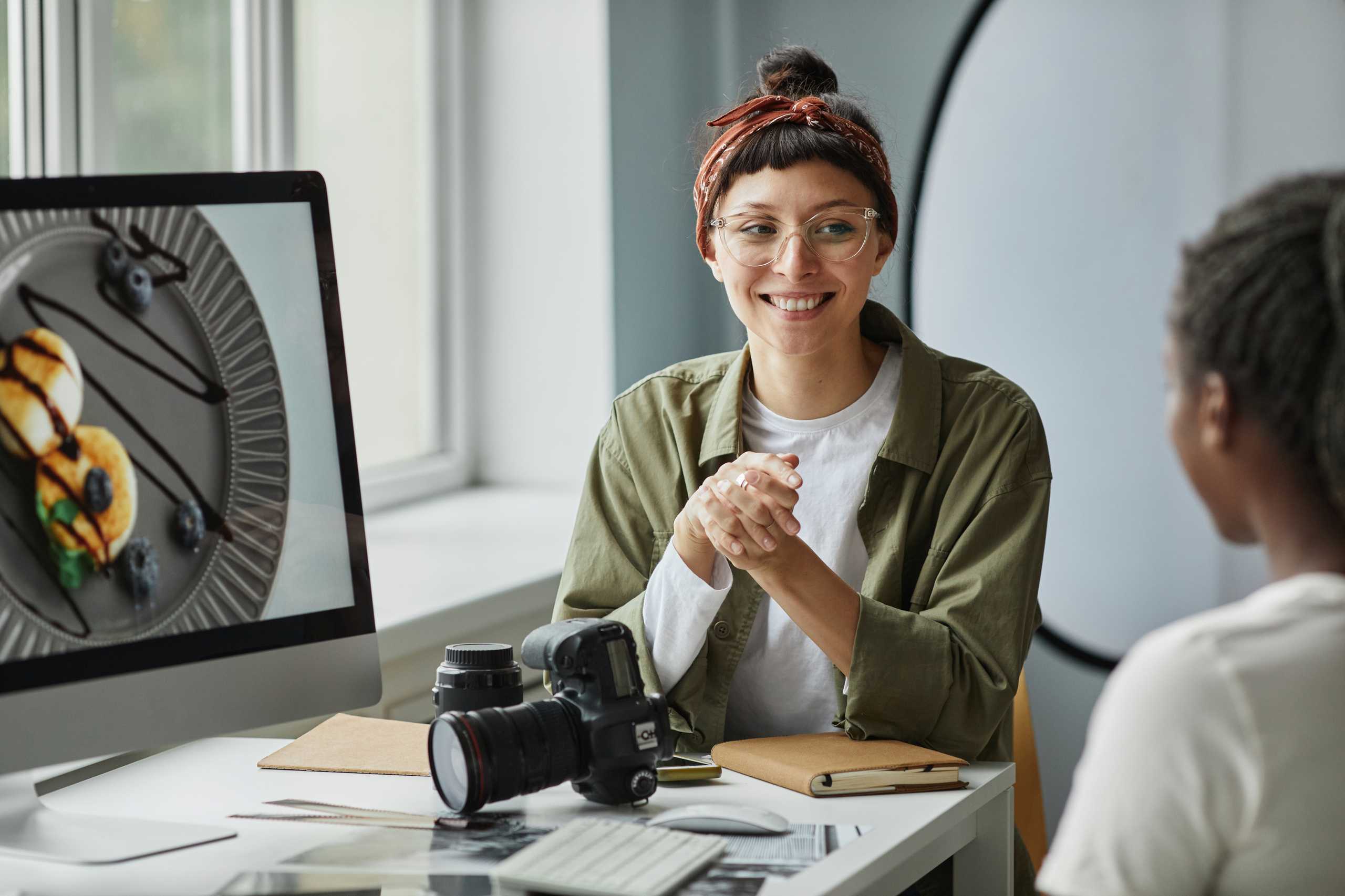Color is one of the most powerful tools a photographer possesses. Beyond mere aesthetics, it can influence mood, guide the viewer’s eye, and create a sense of balance or tension in an image. When used thoughtfully, color transforms a photograph from a simple capture into a compelling visual story, conveying emotions and narratives that words often cannot.
Understanding Color Harmony and Contrast
Colors interact in countless ways, and mastering their relationships can make a dramatic difference in your work.
- Complementary Colors: These are colors positioned opposite each other on the color wheel, such as blue and orange or red and green. They create high contrast and visual excitement, making subjects stand out and producing vibrant, energetic compositions.
- Analogous Colors: Found next to each other on the wheel — like yellow and green or blue and teal — these color combinations produce harmony and subtlety, often evoking calmness, serenity, and cohesion in your imagery.
- Monochrome and Minimalism: Limiting your palette to one primary color or variations of it can simplify the scene, enhance focus, and amplify mood. Monochrome photos often draw attention to shapes, textures, and patterns, revealing details that color might distract from.
The Emotional Language of Color
Every color carries inherent emotional weight. By understanding this, photographers can subtly influence how viewers feel when they observe an image:
- Warm Tones: Reds, oranges, and yellows are energetic and attention-grabbing, often evoking feelings of passion, excitement, warmth, or intensity.
- Cool Tones: Blues, greens, and purples suggest calmness, introspection, melancholy, or tranquility. They are ideal for landscapes, serene portraits, and reflective moods.
- Neutrals: Greys, whites, blacks, and muted browns offer balance and grounding, allowing other colors to pop or providing a minimalist, sophisticated feel.
Practical Techniques for Color Mastery
- Observe Carefully: Everyday scenes are full of interesting color relationships. Take time to notice how colors interact in natural light, how shadows shift tones, and how reflections introduce unexpected hues.
- Use Color to Direct Attention: Bright or contrasting colors naturally draw the viewer’s eye to the main subject. Placing complementary colors in the background or foreground can further emphasize your focal point.
- Experiment with Tools: Filters, gels, and post-processing techniques allow creative control over color temperature, saturation, and mood. Try adjusting subtle aspects of color to evoke different emotions in the same scene.
- Layering Colors: Incorporate multiple layers of colors in foreground, middle ground, and background to create depth, visual interest, and cohesion. Thoughtful layering helps unify complex compositions.
Telling Stories Through Color
Color can also be a narrative device. A photographer might use warm tones to tell a story of joy or nostalgia, while cooler tones can convey isolation, mystery, or introspection. Combining warm and cool colors in a single frame can create tension, drama, or highlight contrasts between subjects, settings, or emotions.
By consciously working with color, you gain a versatile tool for shaping both the visual and emotional impact of your photography. Every shade, tone, and combination becomes an intentional choice, allowing your images to resonate, communicate, and linger in the viewer’s mind. Mastering color isn’t just about aesthetics — it’s about transforming what you see into what others feel.


